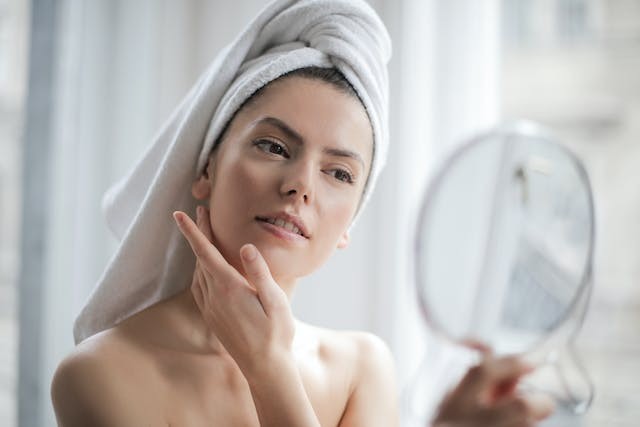
Active Skincare Ingredients That Harm Tweens' Youthful Skin
There are certain ingredients in skincare products that are not healthy for tweens. So, parents should scrutinize whatever their children apply to their faces.
Active Skincare Ingredients Harming Tweens
Videos of young girls as young as 10 or 11 wandering around Sephora-type boutiques and buying pricey, powerful anti-aging skincare products with components like retinol and exfoliating acids have been all over the internet. Many of these tweens and teens are interested in skincare because they saw TikToks from their favorite producers, who have elaborate skincare routines that combine high-end goods like Fenty and Drunk Elephant.
Dermatologists, however, caution parents and preteens that these products might harm their skin because of their youth.
"Retinols and retinoids can sometimes be a problem for young children, especially if there is no clinical indication such as acne. Retinols can sometimes cause retinoid dermatitis, a type of scaly rash. Additionally, retinol can make you susceptible to sunburn and sun damage," Jayden Galamgam, a board-certified dermatologist and pediatric dermatology fellow at UCLA Health, said.
"Active" chemicals, including salicylic acid, retinols, and peptides, are found in many products. When targeting wrinkles or specific skin issues like acne, they work better on more aged skin, according to Carol Cheng, an assistant clinical professor of dermatology, board-certified dermatologist, and pediatric dermatologist at UCLA Health. However, these substances can harm tweens' and teens' skin and have the opposite impact of what they intended to accomplish.
Experts advise younger people interested in skincare to stick to a simple regimen without using more potent substances. Additionally, they recommend applying sunscreen, especially if wrinkles worry you and you want to prevent premature skin aging.
"A simple and practical routine is best. Cleanse the face once or twice a day with a gentle facial cleanser. Drugstore brands (Cetaphil, for example) are fine. Apply a 'broad spectrum' sunscreen with an SPF of 30 or greater every morning is of utmost importance. At nighttime, add a facial moisturizer if the skin seems dry. That's it," Cheng said.
Bleaching Agent Turns Woman's Face Into Blue-Brown
A 55-year-old Indian woman treated her melasma or hyperpigmentation on her cheeks with a skin-lightening treatment that included the skin-bleaching chemical hydroquinone. But some areas of her face became blue-brown. The woman ultimately developed exogenous ochronosis.
Dermatitis caused by topical use of hydroquinone or phenols is known as exogenous ochronosis. The damaged skin of the disorder appears yellowish-ochre under a microscope, but to the unaided eye, because of light scattering, it seems blue-brown.
Since 2000, the European Union has banned hydroquinone use in cosmetic creams due to potential negative effects.
Exogenous ochronosis is difficult to treat and may not be reversible. Counseling was given to the patient regarding the importance of photoprotection and how to cease using the skin cream. Retinoid gel and topical emollient were suggested.
Since hydroquinone lightens skin, it has been used to treat a variety of hyperpigmentation conditions. However, if you have dry or sensitive skin, it can make the condition worse. This normally ceases to occur once your skin adjusts to the material. Skin types with normal to oily texture are less prone to experience these negative effects. Also, darker-skinned individuals may experience worsening hyperpigmentation after using hydroquinone.
RELATED ARTICLE: Nanocapsules for a More Effective Chemodynamic Therapy Developed for One-Step Cancer-Fighting Approach
Check out more news and information on Medicine & Health in Science Times.














